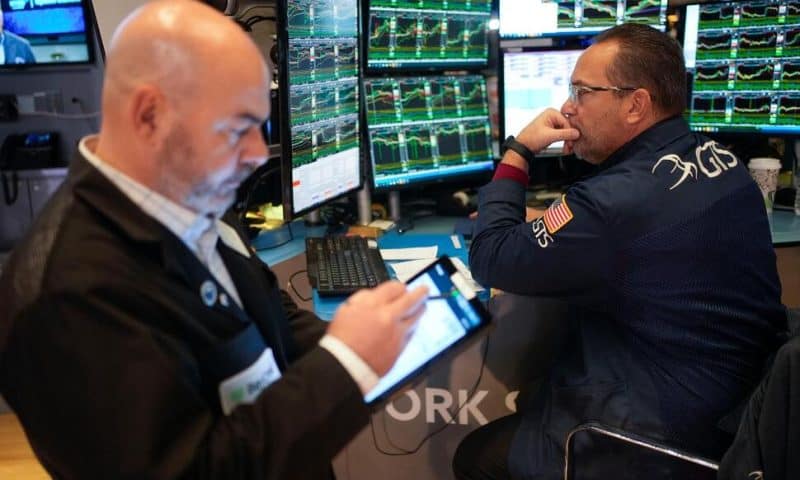Amgen reports first phase 3 win for $400M eczema drug, but Dupixent rivalry doubts remain
Amgen has shared (PDF) the first phase 3 data on its $400 million eczema drug, linking the anti-OX40 antibody to significant improvements in symptoms. But, while the trial met its primary endpoints, the biotech still needs to make the case that there is a role for rocatinlimab in a market served by Dupixent.




















